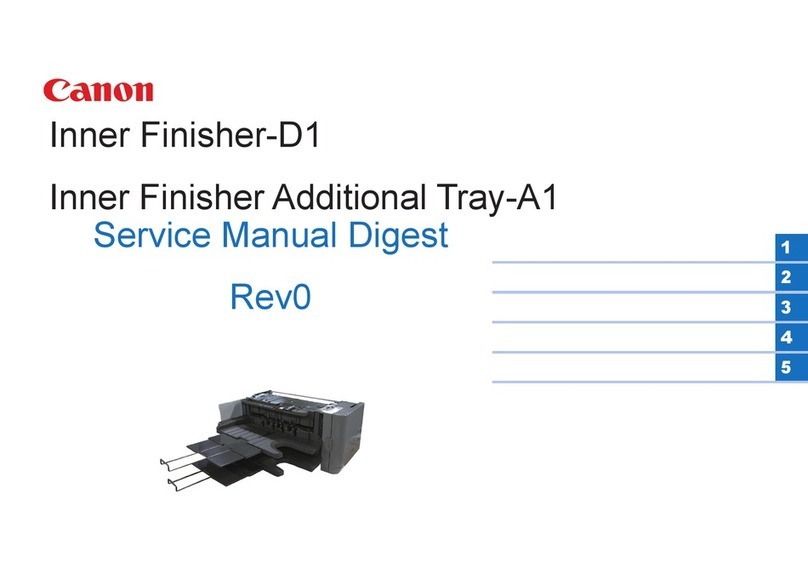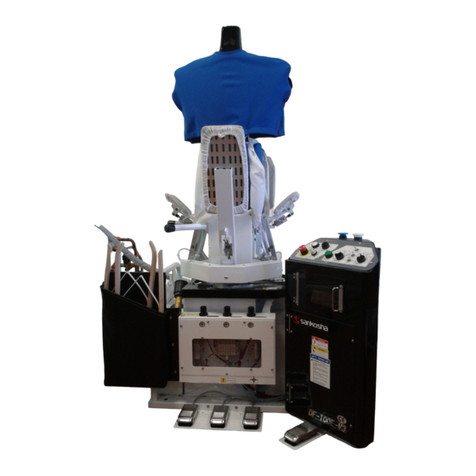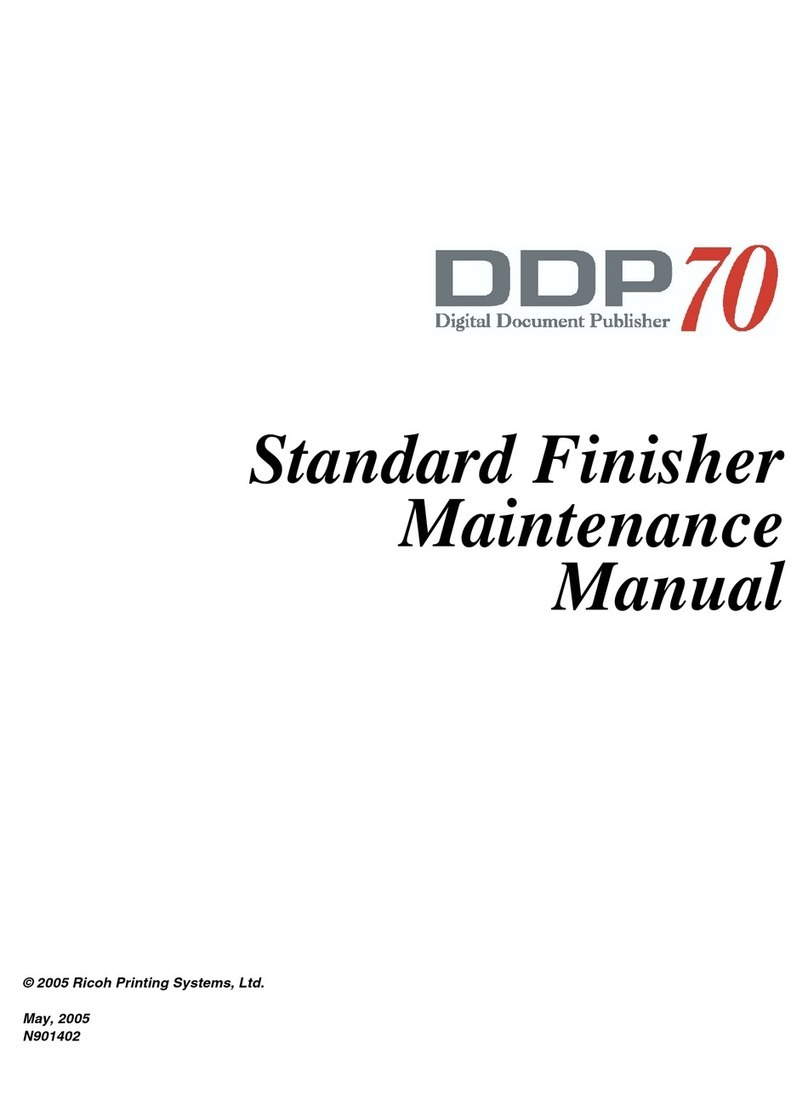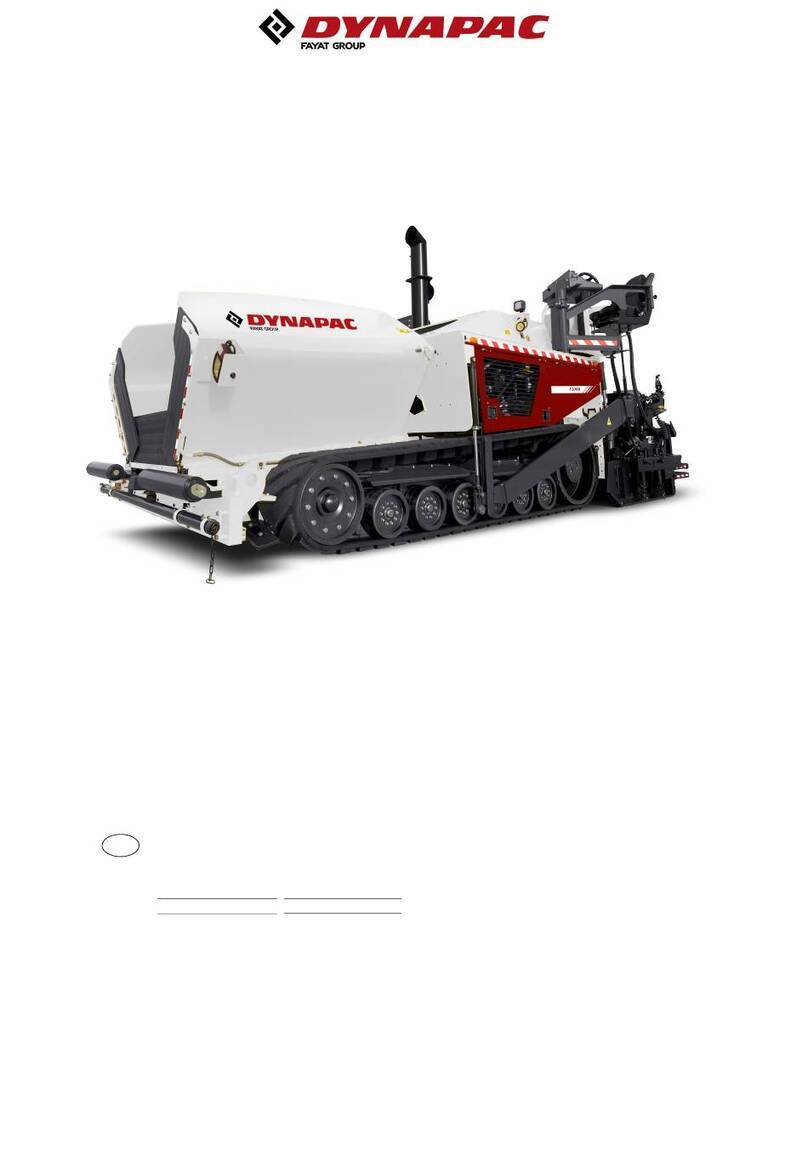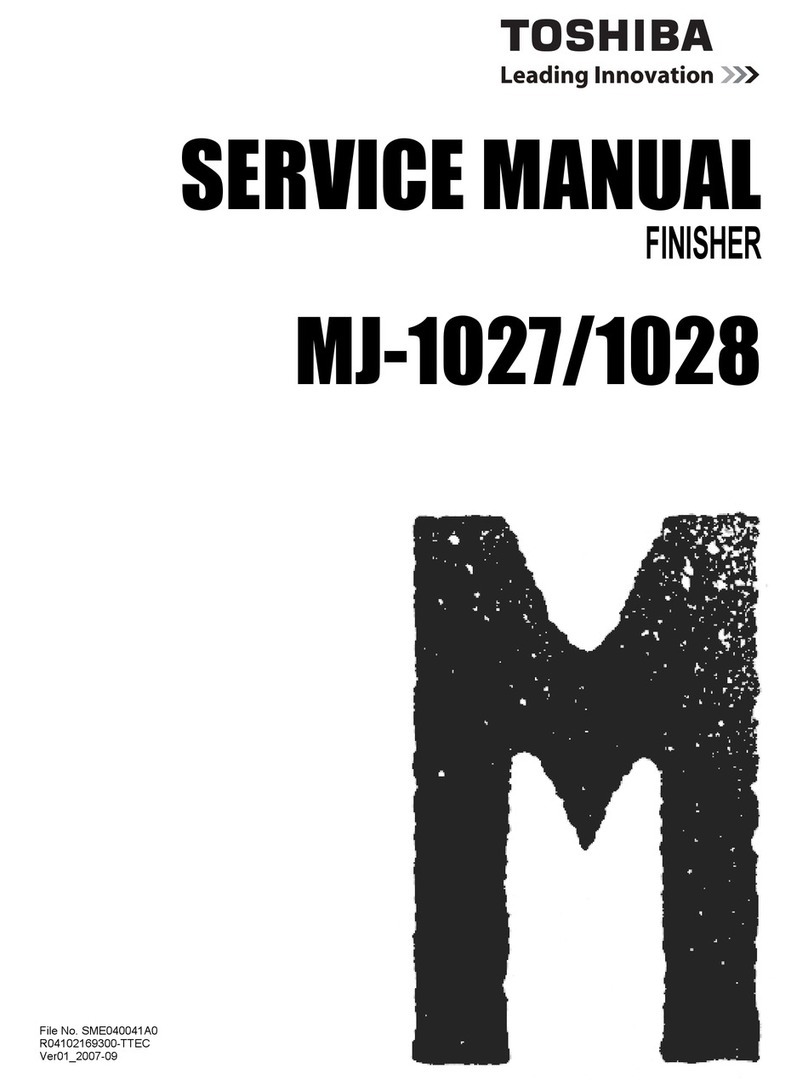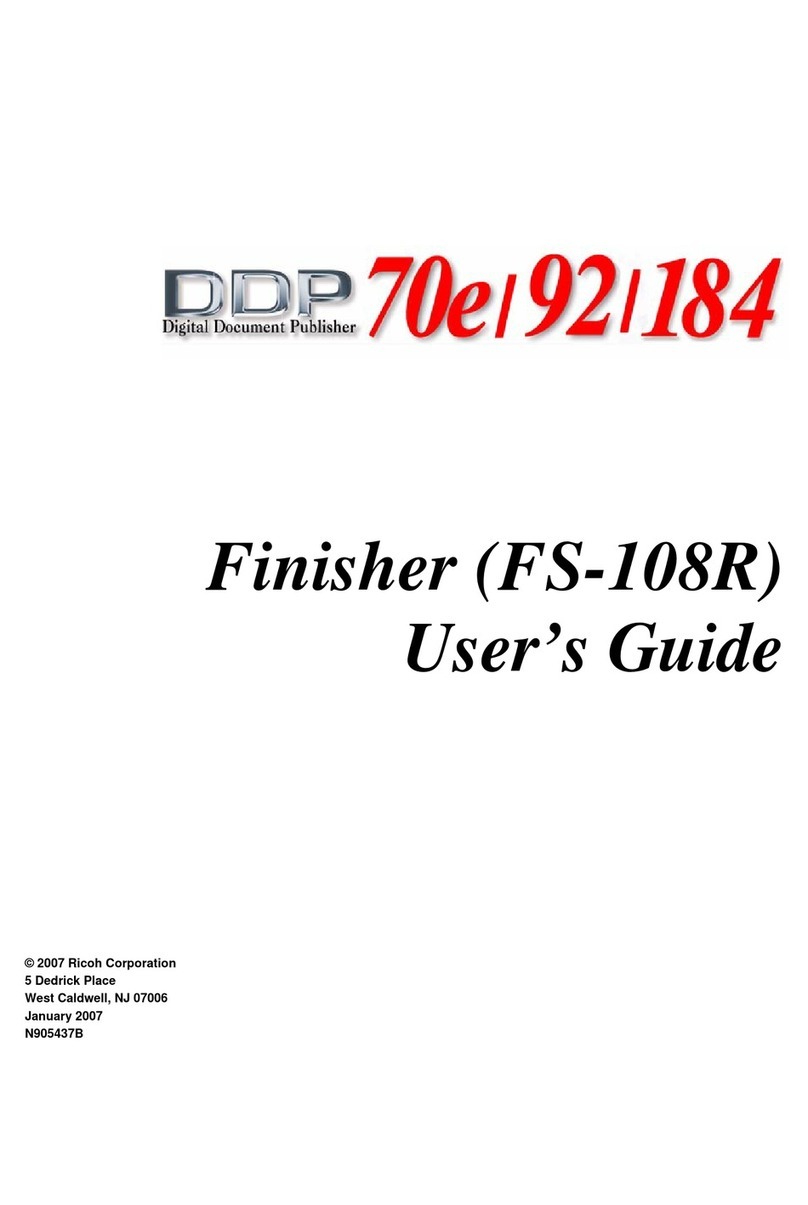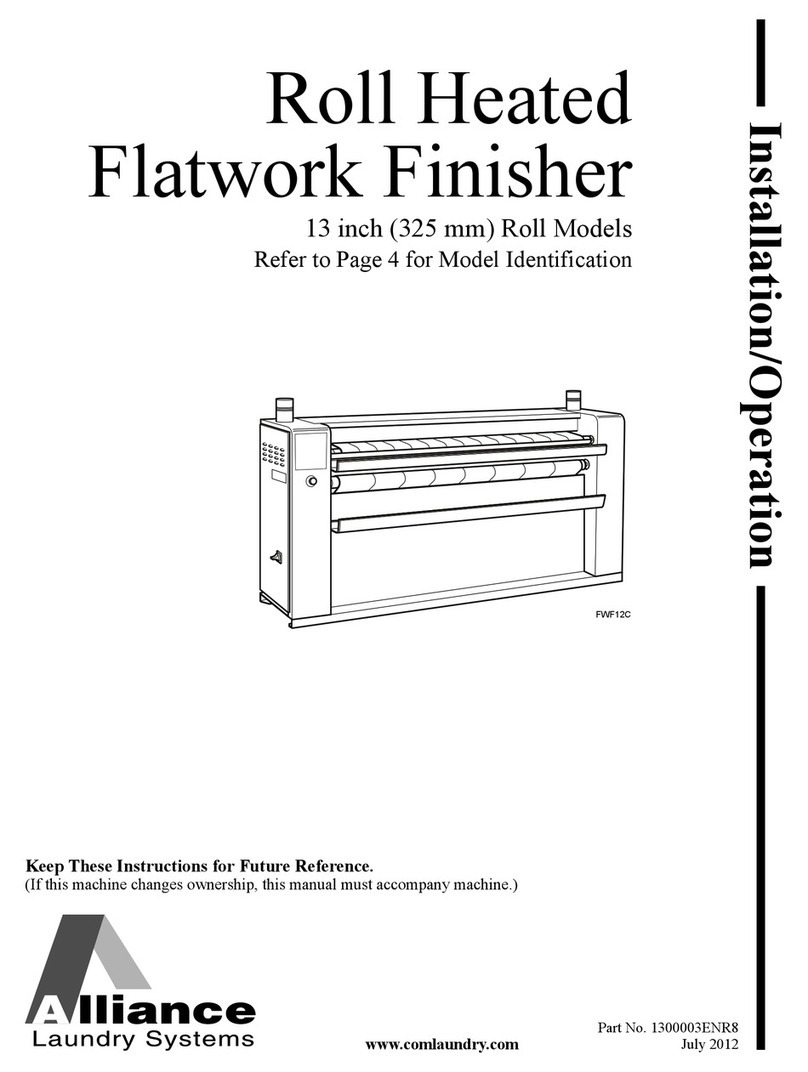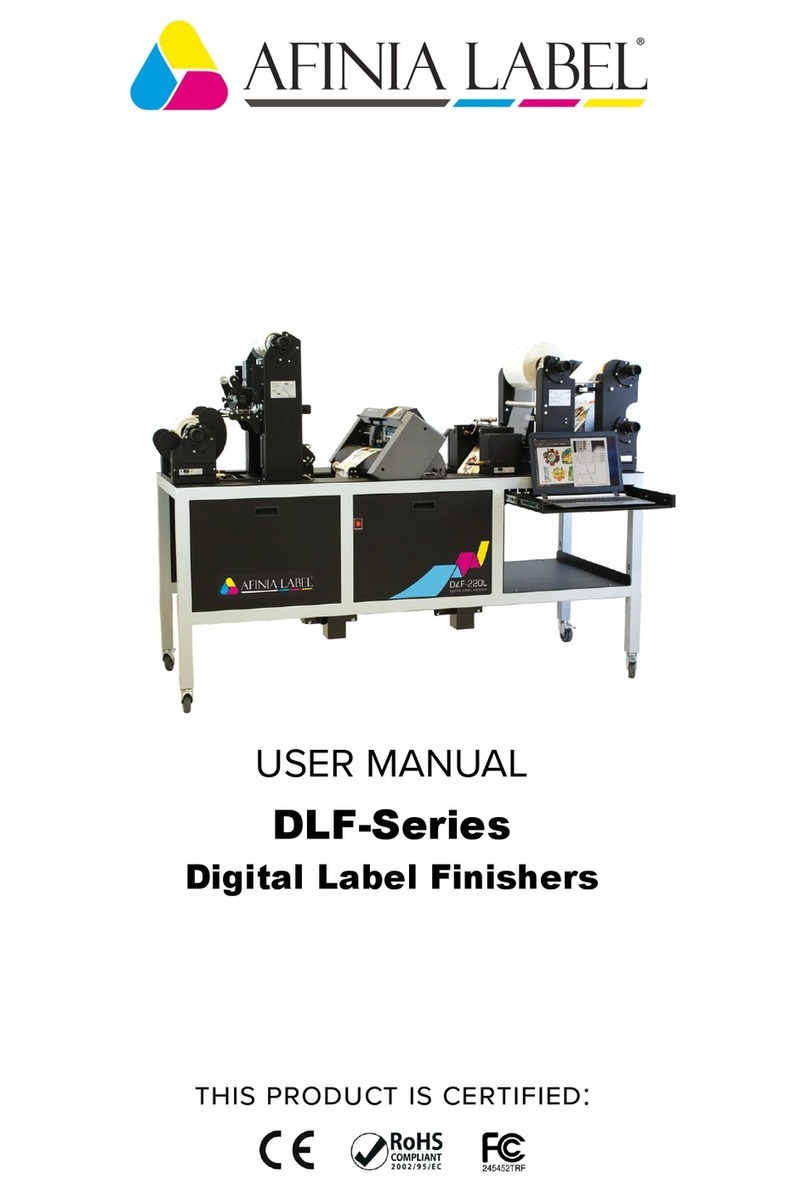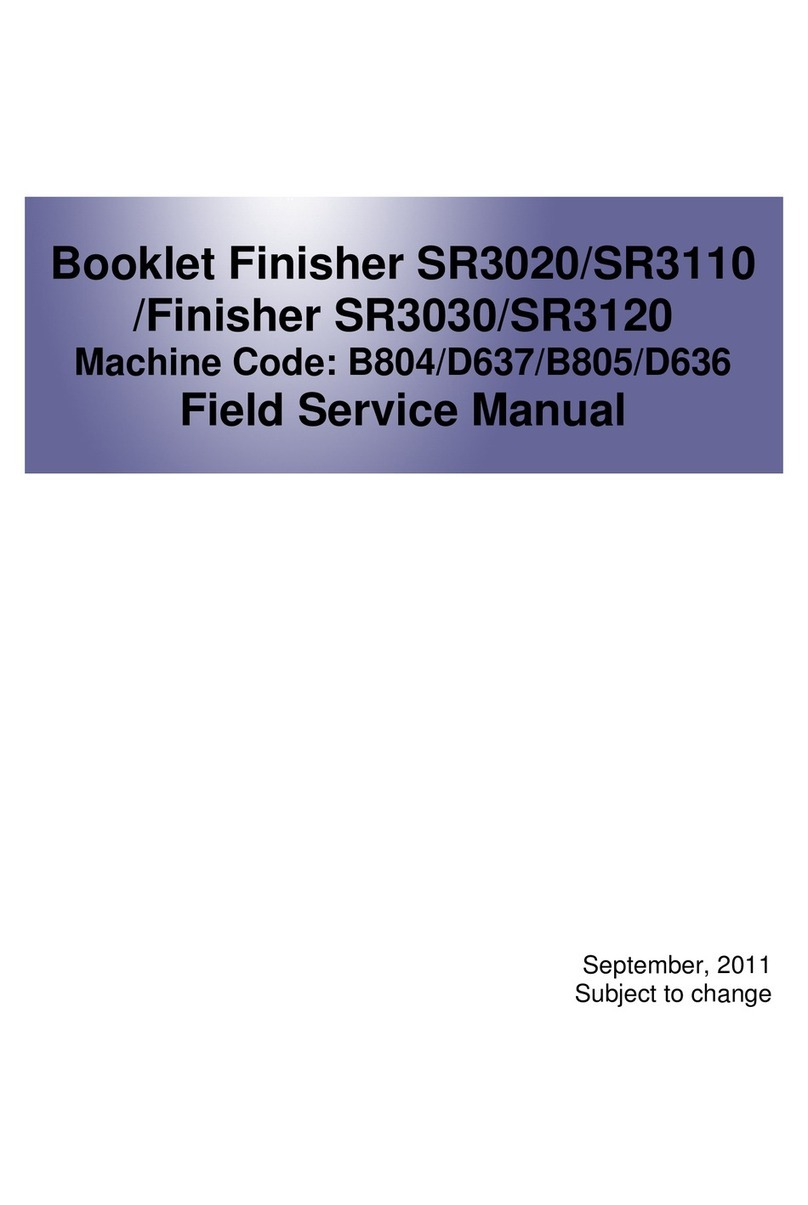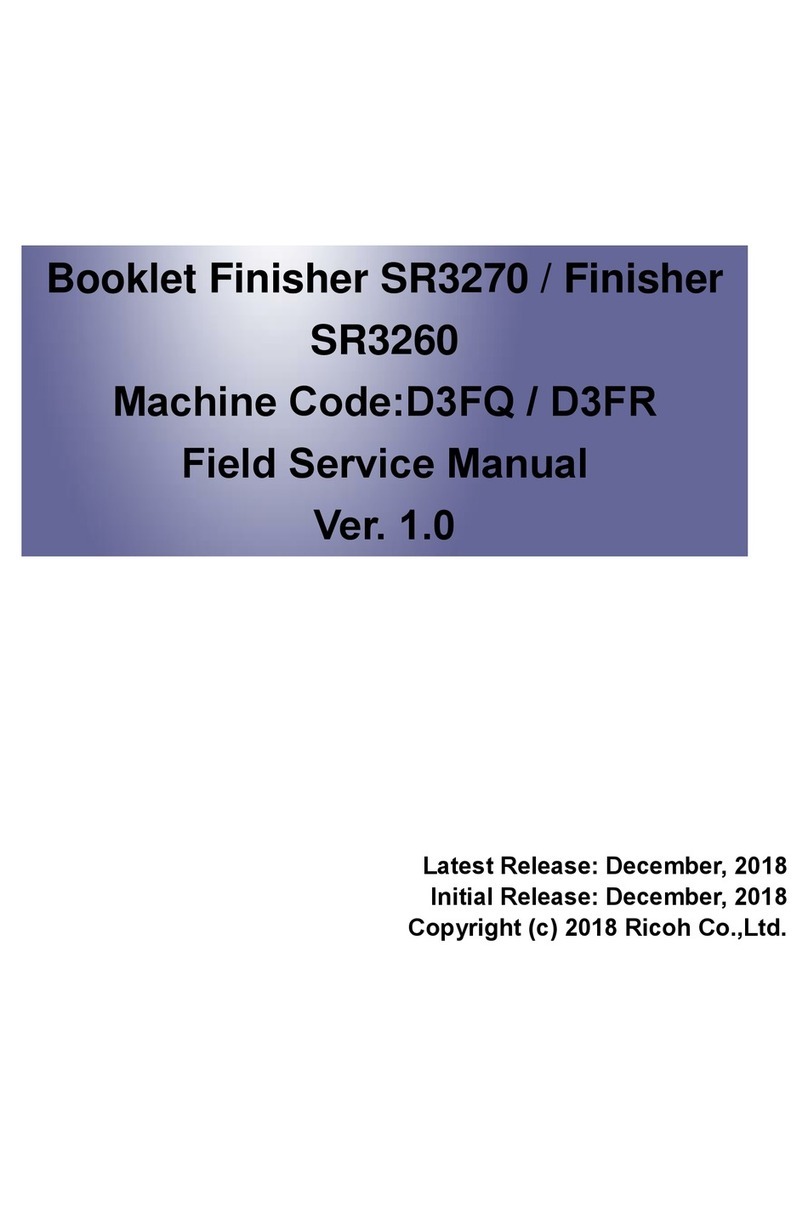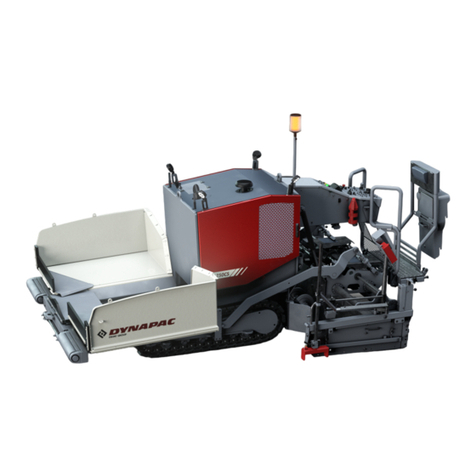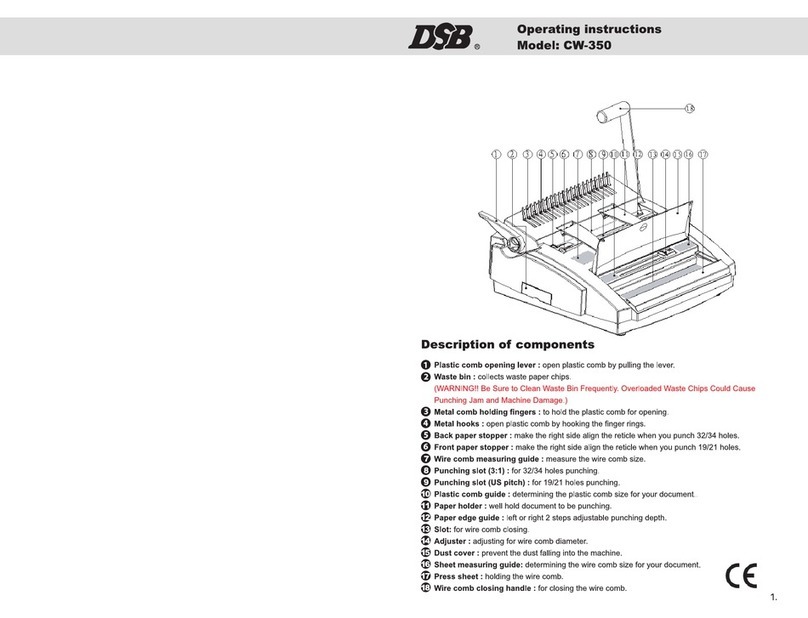
Outline............................................................................................................................................... 33
Fan Control........................................................................................................................................35
Down sequence.................................................................................................................................36
Power Supply.................................................................................................................................... 37
Outline............................................................................................................................................... 37
Protective Functions............................................................................................................................37
Upgrading..........................................................................................................................................38
Upgrading...........................................................................................................................................38
3. Periodical Service.......................................................................................... 39
List of Work for Scheduled Servicing................................................................................................ 40
4. Disassembly/Assembly................................................................................. 41
Notes at Parts Replacement............................................................................................................. 42
Removing this Machine.....................................................................................................................43
Removing this Machine from the Host Machine.....................................................................................43
List of Parts....................................................................................................................................... 48
External Cover....................................................................................................................................48
List of Main Unit.................................................................................................................................. 48
List of Solenoids..................................................................................................................................49
List of Motors......................................................................................................................................50
List of Fans.........................................................................................................................................51
List of Sensors/Switches......................................................................................................................51
List of PCBs........................................................................................................................................52
Other Parts.........................................................................................................................................53
External Cover...................................................................................................................................54
Removing the Front Cover Unit............................................................................................................ 54
Removing the Rear Cover....................................................................................................................54
Removing the Delivery Tray.................................................................................................................54
Removing the Tray Guide Cover.......................................................................................................... 55
Main Unit........................................................................................................................................... 57
Removing the Upper Feed Guide Unit.................................................................................................. 57
Removing the Processing Tray Unit......................................................................................................58
Removing the Stapler Unit................................................................................................................... 62
Removing the Staple-free Staple Unit...................................................................................................63
Solenoids...........................................................................................................................................64
Removing the Paper Trailing Edge Pushing Guide Solenoid(SL1).......................................................... 64
Motor................................................................................................................................................. 65
Removing the Stapler Shift Motor (M7)................................................................................................. 65
Fan.................................................................................................................................................... 66
Removing the Inlet Coolong Fan (FM1)................................................................................................ 66
PCB...................................................................................................................................................67
Removing the Finisher Controller PCB..................................................................................................67
Sensor...............................................................................................................................................69
Removing the Delivery Sensor(PS1).....................................................................................................69
Other Parts........................................................................................................................................70
Removing the Return Belt Unit.............................................................................................................70
Contents
ii









